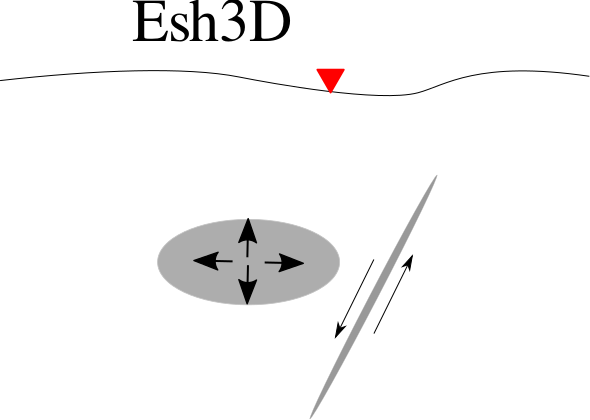Defmod - Parallel multiphysics finite element code for modeling crustal deformation during the earthquake/rifting cycle
In this article, we present Defmod, an open source, fully unstructured, two or three dimensional, parallel finite element code for modeling crustal deformation over time scales ranging from milliseconds to thousands of years. Unlike existing public domain numerical codes, Defmod can simulate deformation due to all major processes that make up the earthquake/rifting cycle, in non-homogeneous media. Specifically, it can be used to model deformation due to dynamic and quasistatic processes such as co-seismic slip or dike intrusion(s), poroelastic rebound due to fluid flow and post-seismic or post-rifting viscoelastic relaxation. It can also be used to model deformation due to processes such as post-glacial rebound, hydrological (un)loading, injection and/or withdrawal of fluids from subsurface reservoirs etc. Defmod is written in Fortran 95 and uses PETSc's parallel sparse data structures and implicit solvers. Problems can be solved using (stabilized) linear triangular, quadrilateral, tetrahedral or hexahedral elements on shared or distributed memory machines with hundreds or even thousands of processor cores. In the current version of the code, prescribed loading is supported. Results are written in ASCII VTK format for easy visualization. The source code is released under the terms of GNU General Public License (v3.0) and is freely available from https://bitbucket.org/stali/defmod/.
PDF Abstract